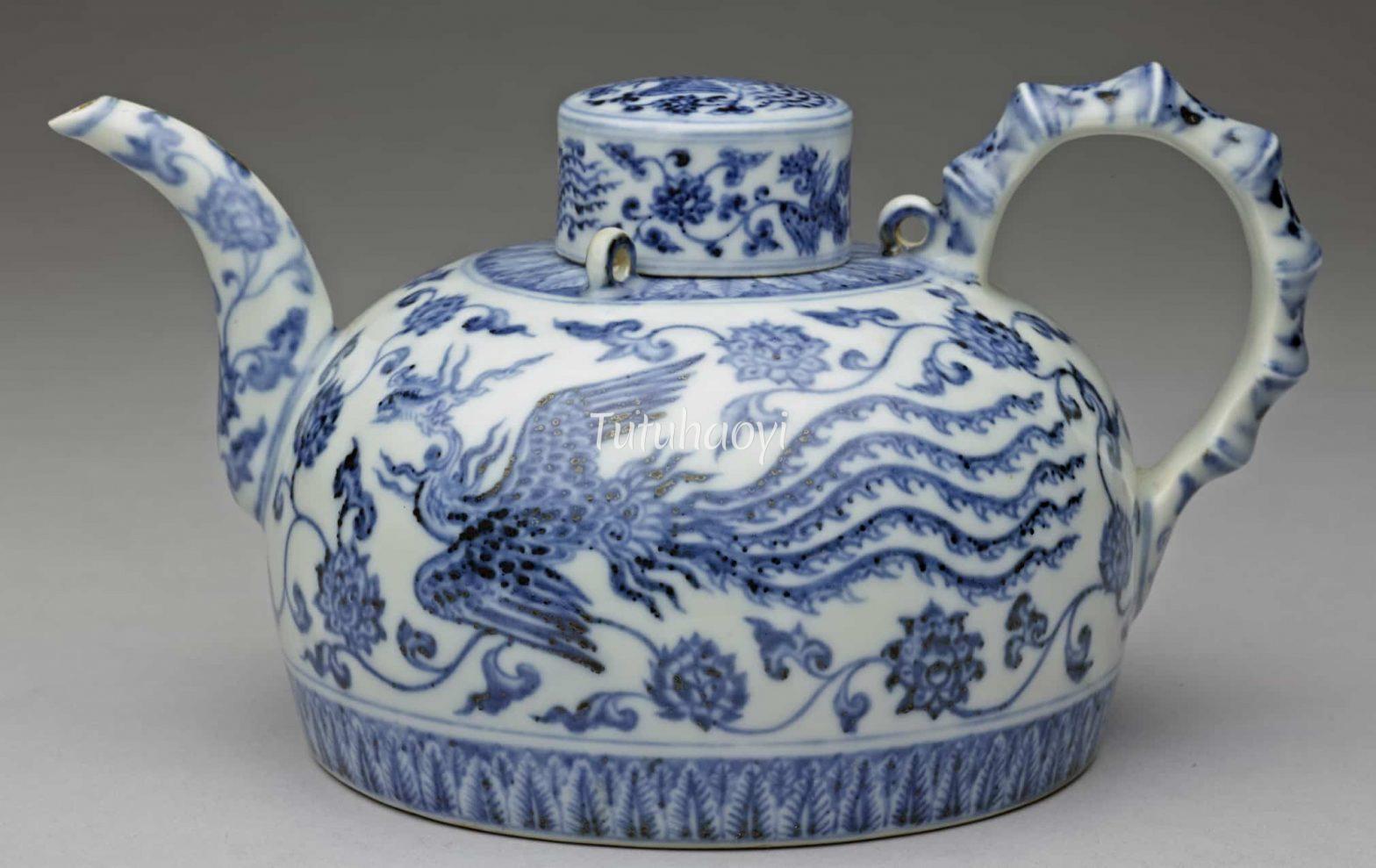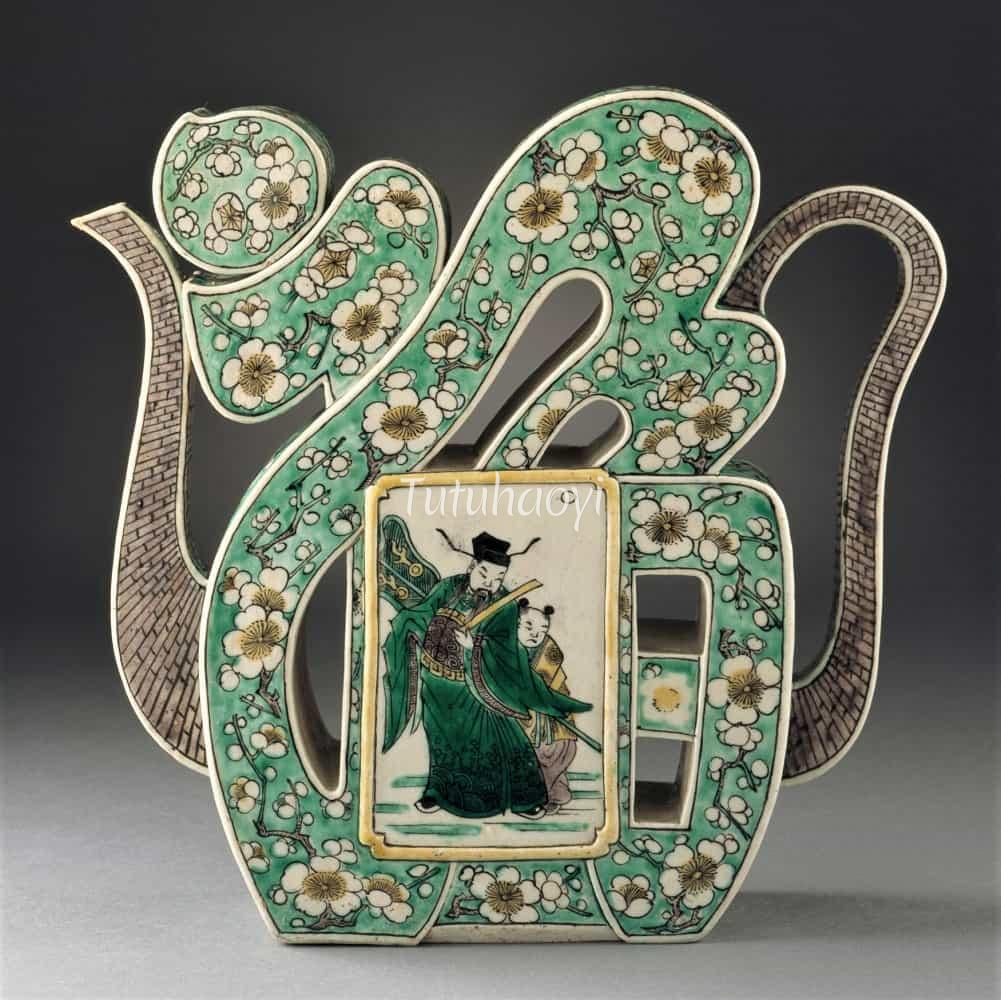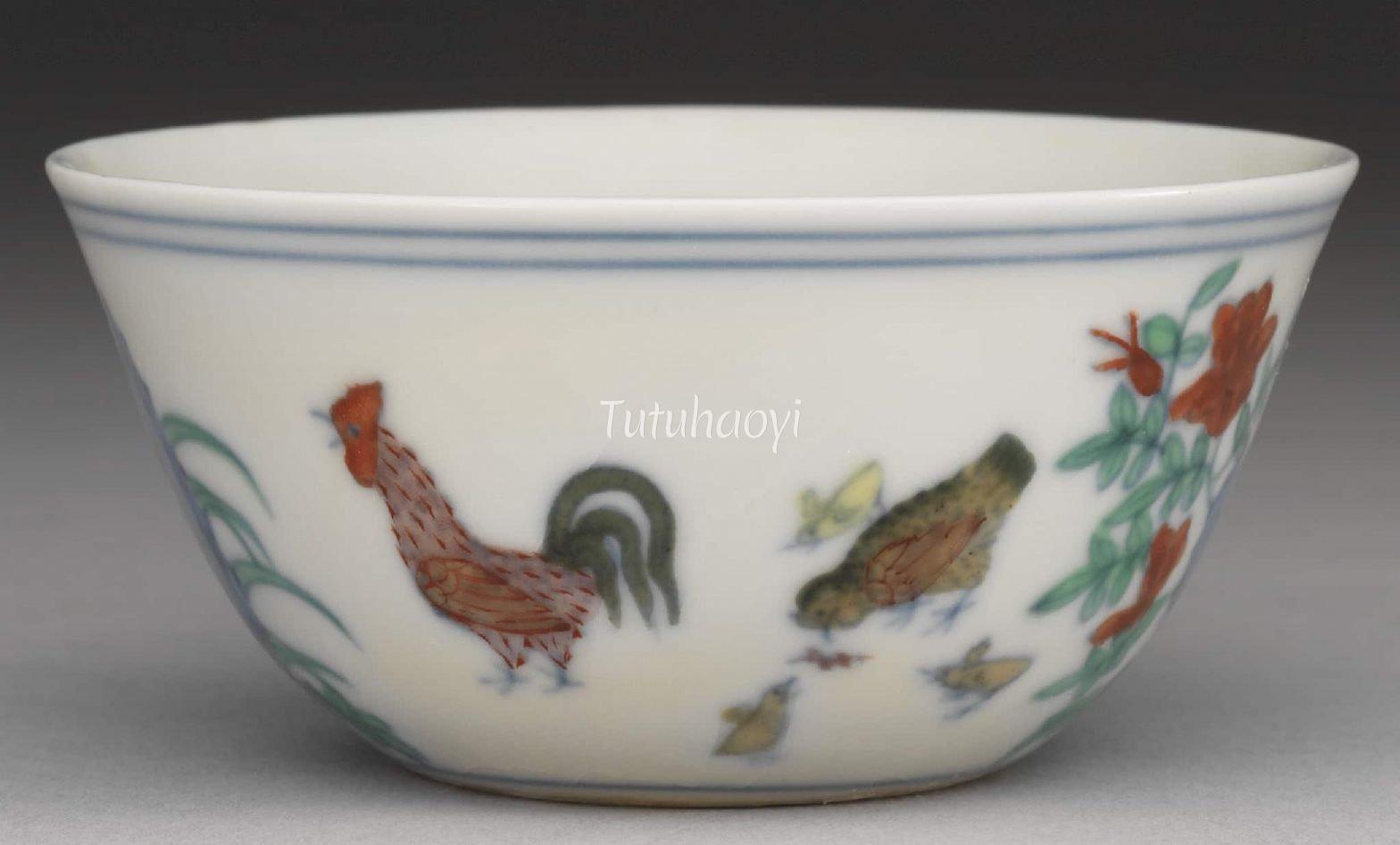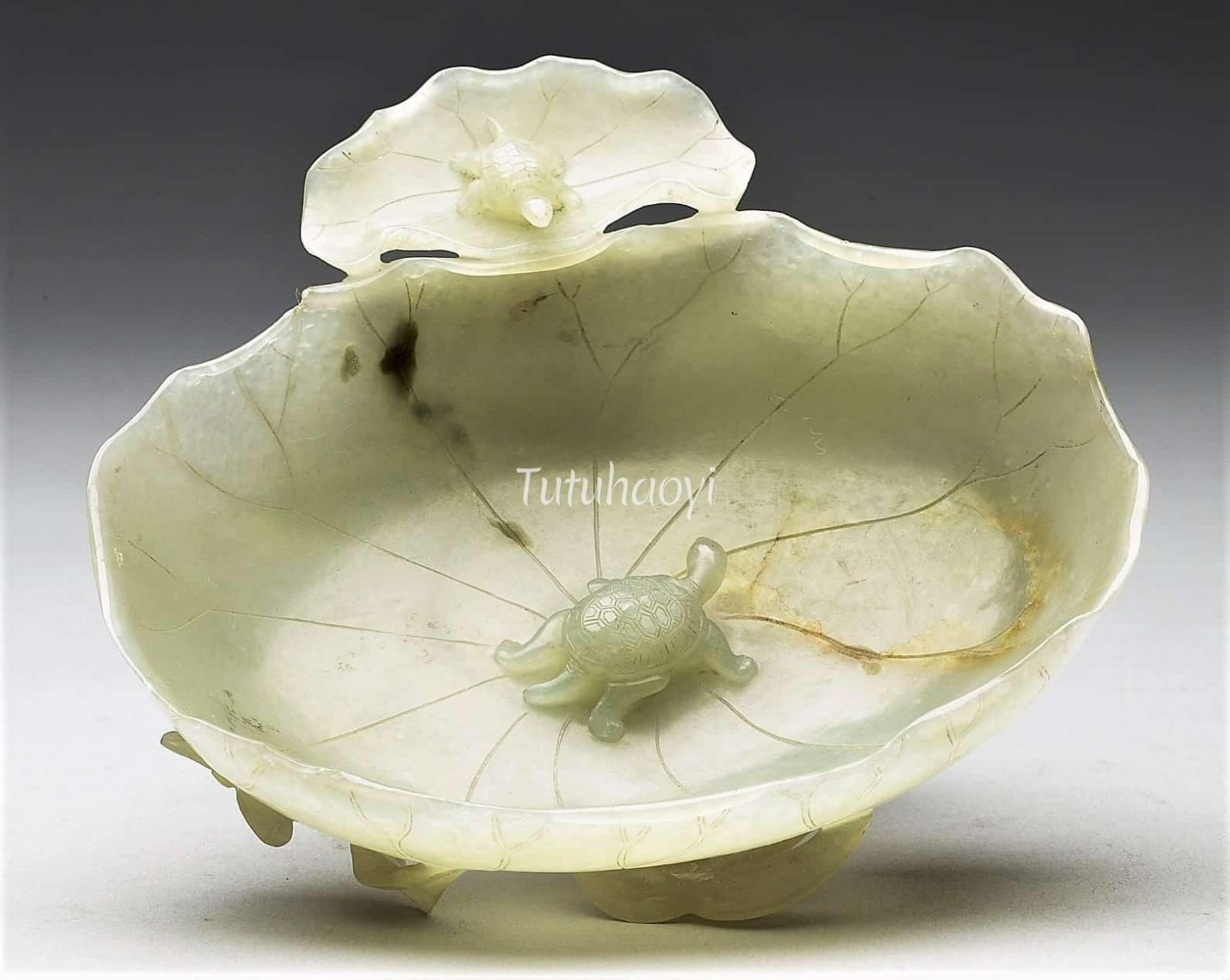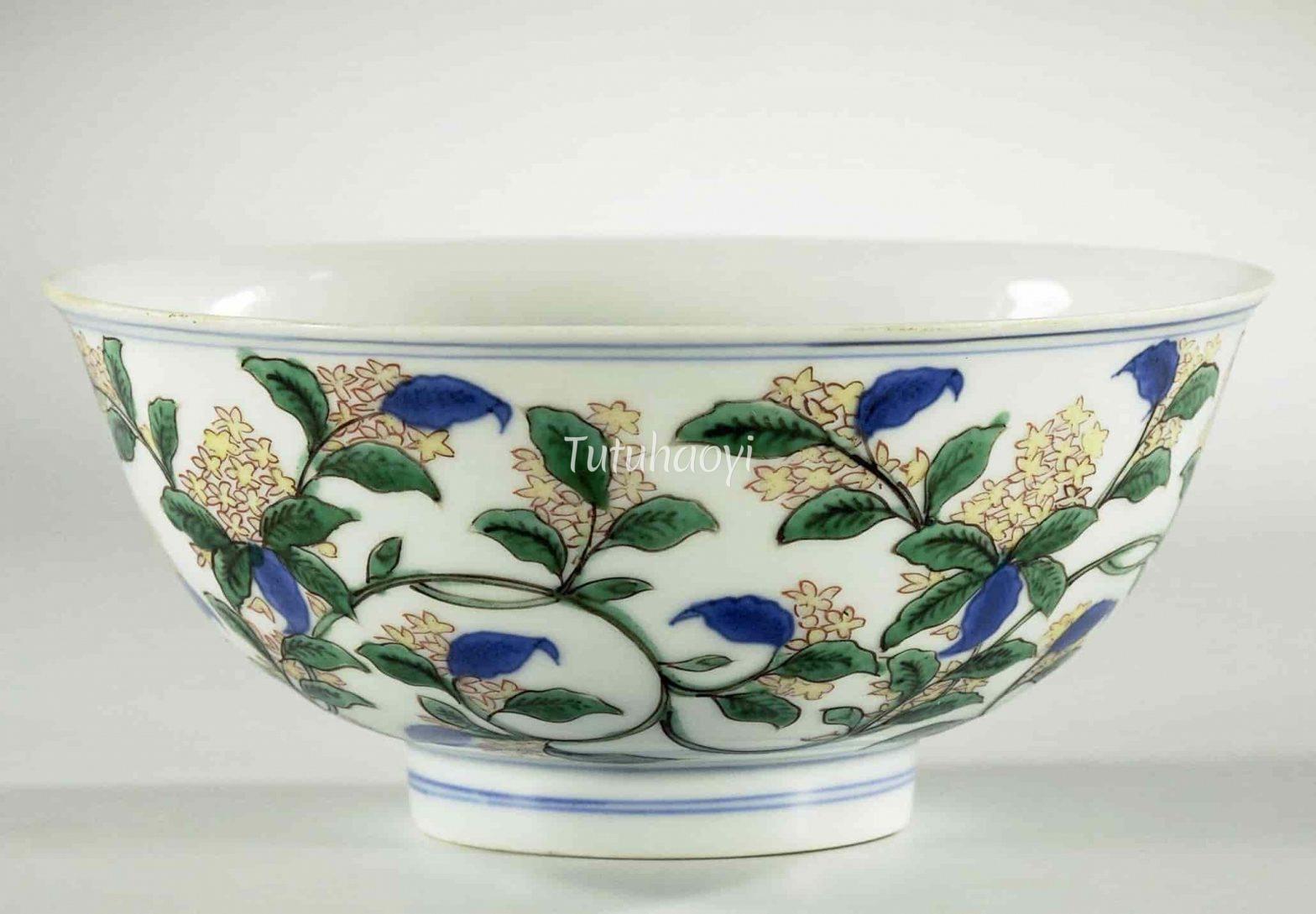- No products in the cart.
Chinese Pinyin: Feng Huang
Chinese: 凤凰
Name Of Image: Phoenix
Description:
The feng phoenix, or feng huang 凤凰, which is often portrayed to resemble a peacock or golden pheasant, is the second of China’s Four Sacred Creatures (the others being the long dragon 龙, the qilin 麒麟 and the tortoise). Except …

